Summary
The river features numerous obstacles, such as large rapids, strong currents, and submerged rocks. The difficulty of the run varies depending on the water level, with high water levels resulting in more challenging rapids. The best time of year to float this section of water is typically from May to September, with recommended cfs (cubic feet per second) ranging from 8,000 to 22,000. It is important for rafters to have proper gear and experience, as the Grand Canyon river run can be dangerous if not approached with caution.
River Run Details
| Last Updated | 2023-06-13 |
| River Levels | 9320 cfs (8.43 ft) |
| Percent of Normal | 141% |
| Optimal Range | 4000-90000 cfs |
| Status | Runnable |
| Class Level | III to IV |
| Elevation | 3,123 ft |
| Run Length | 296.0 Mi |
| Gradient | 9 FPM |
| Streamflow Discharge | 9730 cfs |
| Gauge Height | 8.6 ft |
| Reporting Streamgage | USGS 09380000 |
Weather Forecast
Nearby Streamflow Levels
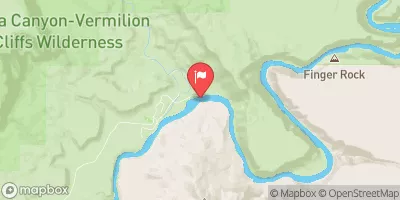 Colorado River At Lees Ferry
Colorado River At Lees Ferry
|
9730cfs |
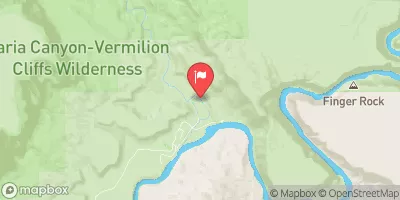 Paria River At Lees Ferry
Paria River At Lees Ferry
|
19cfs |
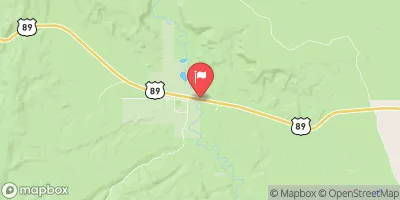 Paria River Near Kanab
Paria River Near Kanab
|
52cfs |
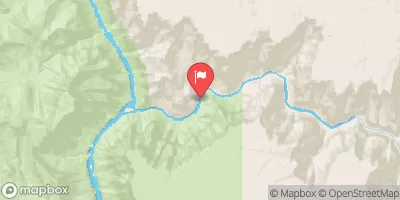 Little Colorado River Abv Mouth Nr Desert View
Little Colorado River Abv Mouth Nr Desert View
|
215cfs |
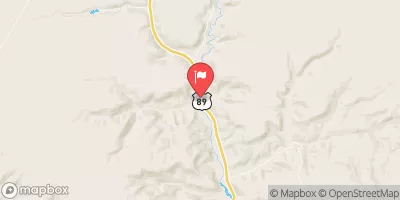 Kanab Creek Near Kanab
Kanab Creek Near Kanab
|
9cfs |
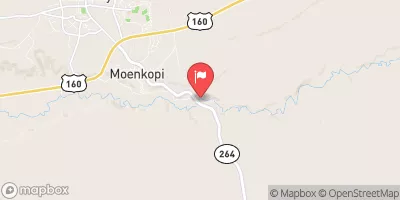 Moenkopi Wash At Moenkopi
Moenkopi Wash At Moenkopi
|
3cfs |


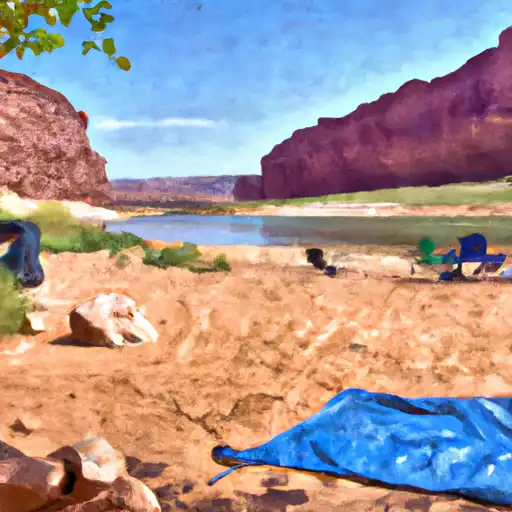 Lees Ferry - Glen Canyon Area
Lees Ferry - Glen Canyon Area
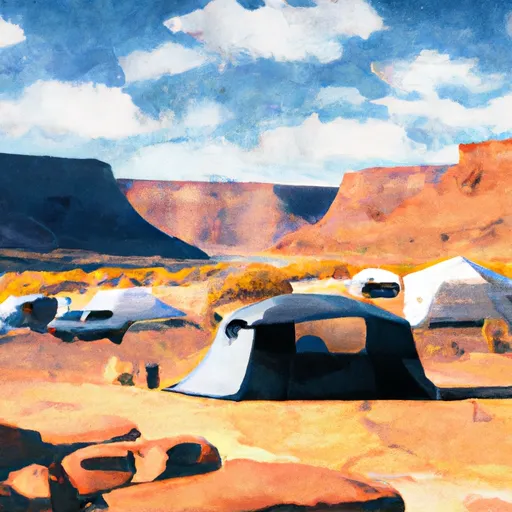 Lees Ferry Campground
Lees Ferry Campground
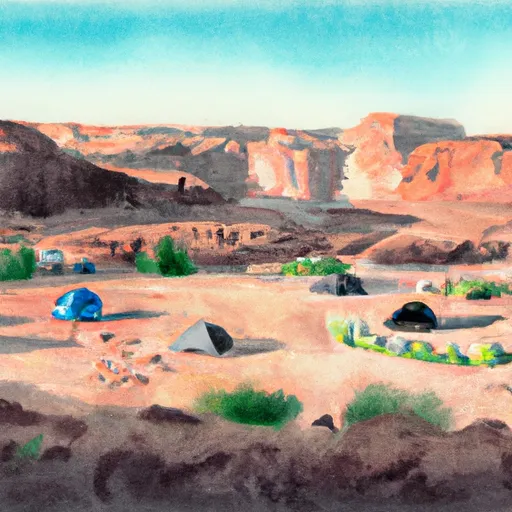 Wahweap Campground
Wahweap Campground
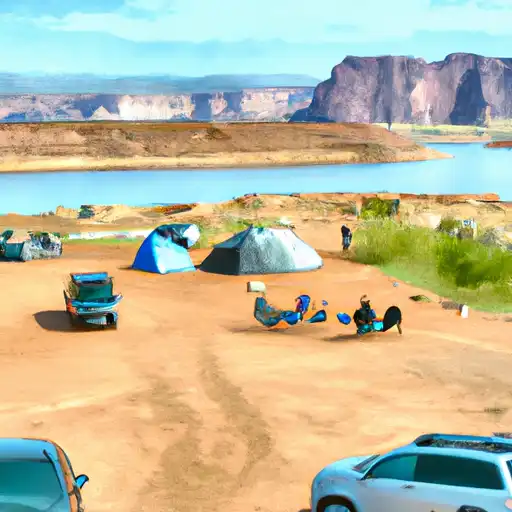 Wahweap - Glen Canyon National Rec Area
Wahweap - Glen Canyon National Rec Area
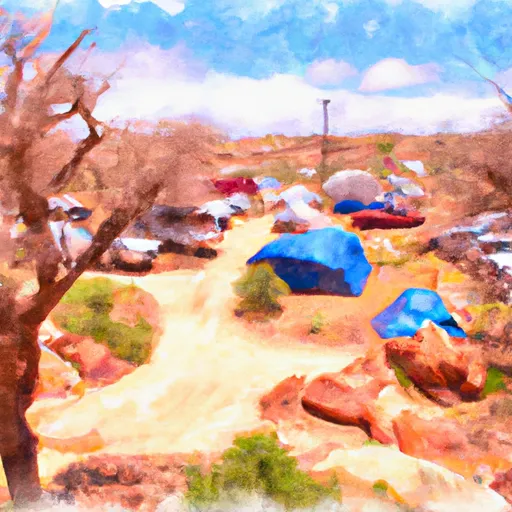 Lone Rock Campground
Lone Rock Campground
 Grand Canyon
Grand Canyon
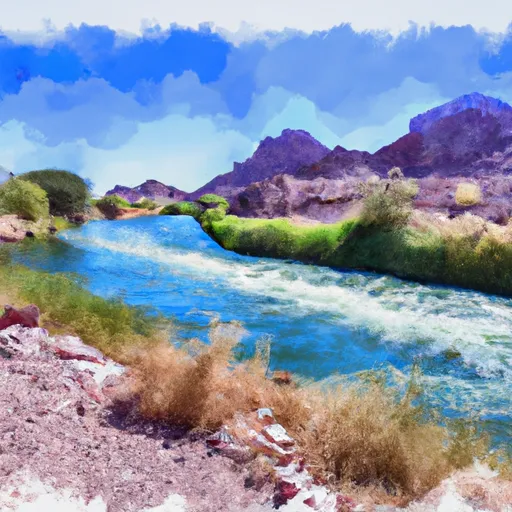 Park Boundary To Confluence With The Colorado River
Park Boundary To Confluence With The Colorado River
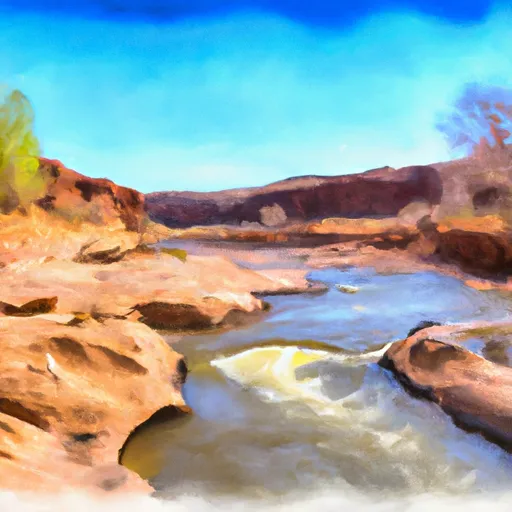 Paria River
Paria River